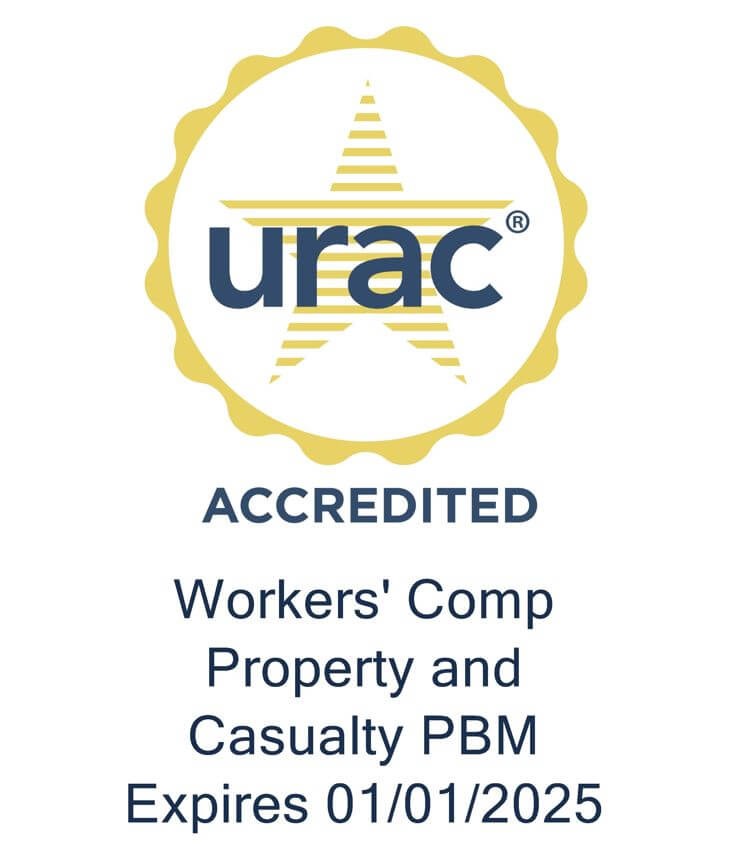The Western Occupational & Environmental Medical Association (WOEMA) recently held the 2019 Western Occupational Health Conference (WOHC) in San Diego, an event that promotes and protects the health of people at work and in their environment through preventive service, clinical care, research and evaluation.
The conference offers various educational sessions, which included a presentation from Healthesystems’ Chief Medical Officer, Robert Goldberg, MD, FACOEM, titled The Future of Healthcare: What Trends Will Shape Occupational Medicine and Workers’ Comp?
Dr. Goldberg’s presentation covered various health trends across patient engagement, value-based care, population health, non-pharmaceutical approaches, big data and advanced analytics, and smart technology.
Insight 1 –Engaging Patients for Healthier Lifestyles
On the patient engagement front, several trends radiate around employee wellness. With comp claims experiencing a near tripling of comorbidities in the last decade, promoting self-care and healthier living is crucial for managing patients more holistically.
However, ensuring that workplace environments support employee health is also important. Approximately 27% of workers have unintentionally fallen asleep on the job due to fatigue, while 28% of employees have likely had an anxiety or panic attack on the job due to high workplace stress.
Insight 2 – The Workforce is Diversifying
The workforce is facing diversification like never before, and with such diverse populations come diverse concerns.
The Bureau of Labor Statistics reports that in the next decade, one in four workers will be 55 or older. With older workers come unique medication concerns, especially as the Centers for Disease Control and Prevention (CDC) report that three in four workers over 55 have at least one chronic health condition.
Meanwhile, the U.S. Census Bureau estimates that by 2024, 43% of workers will be minority workers. This is noteworthy as members of different ethnic or cultural groups may face specific health concerns. For example, according to the CDC, Black populations are 50% more likely to have high blood pressure, while Latino populations are 50% more likely to have diabetes.
Insight 3 – Exploring Non-Pharma Alternatives for Pain
With healthcare professionals recoiling from the opioid epidemic, institutions like the Centers for Disease Control and Prevention (CDC), the American College of Physicians, and the National Academies of Sciences, Engineering and Medicine are advocating shifts to nonpharmacological approaches for the treatment of pain.
While this has led healthcare professionals to diversify care in a variety of ways, one key point is that this has led to greater interest in alternative therapies. Around the U.S., 50 reputable institutions have recently established alternative or complementary medicine programs, including Harvard, Stanford, Duke University and the Mayo Clinic. Evidence-based guidelines like ACOEM and ODG support the selective use of alternative therapies, and 25% of millennials use alternative therapies more than conventional options.






